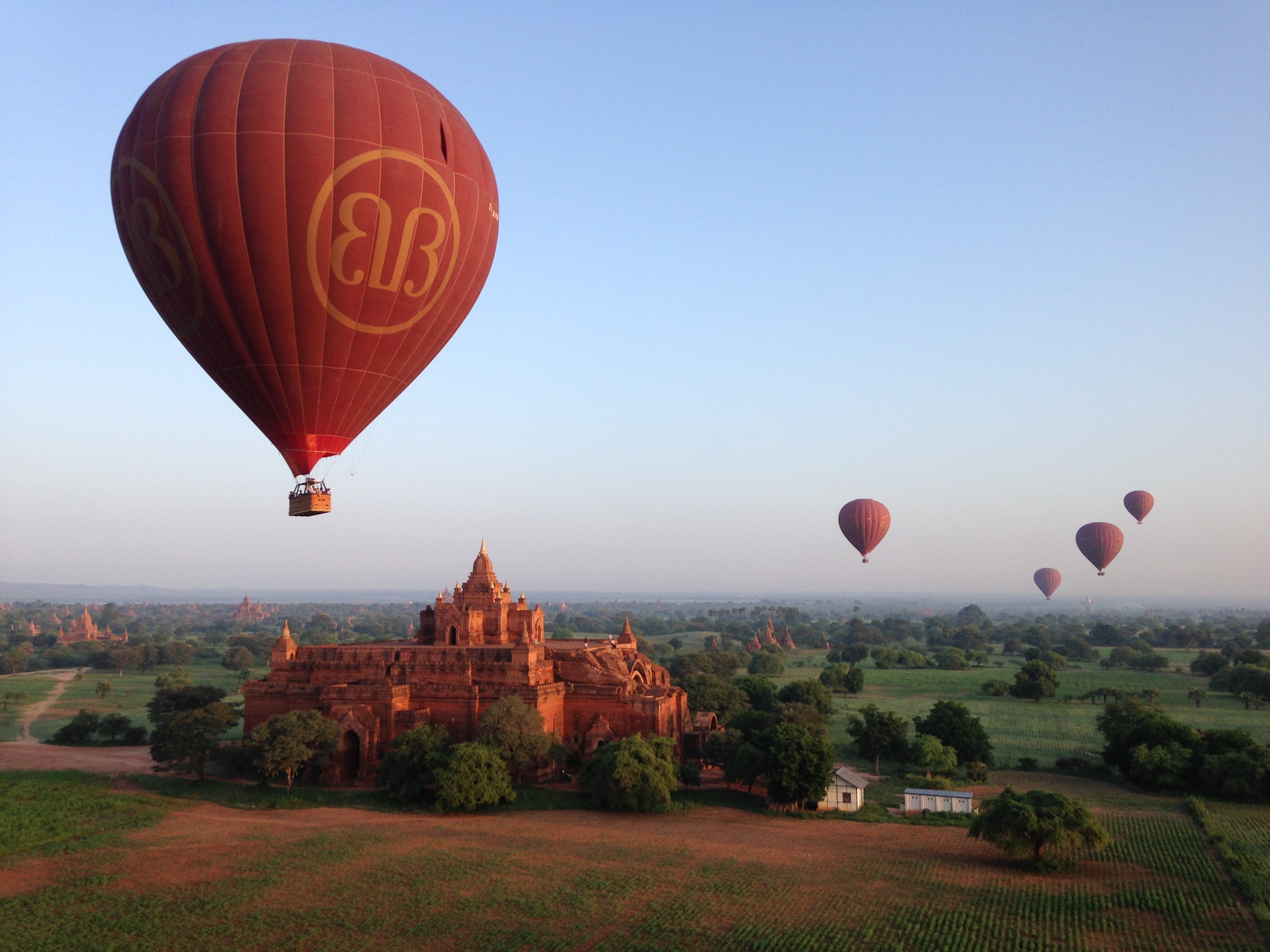Just outside of Agra lies the Abandoned red sandstone city, Fatehpur Sikri, which was abandoned after 12 years, likely because the city didn’t have a great enough water supply. It was the brainchild of the great diplomatic King, Akbar, who was in many ways a wise king, and certainly one of India's greatest. Perhaps his best feet of diplomacy was achieved by his marriages: one wife was Hindu, another was Muslim, and one was Christian from the Indian Southern town of Goa, a Portuguese Settlement.
We visited Fatehpur Sikri on our four hour drive from Agra to Jaipur, and the journey flew by. We were constantly entertained by the village scenes we passed on the way. There were men riding camels and elephants hauling carts full of building supplies. Four seated cars carried 10 to 12 people. Speeding, Jam-packed buses hauled 30 to 40 people precariously on their roofs, temples sprouted up here and there, and of course, women in bright tangerine, fuchsia, or teal-colored saris carried everything from large jugs of water to huge bags of rice on their heads.
The women in India amaze me more than anything, and even though I am a gay man, I am borderline obsessed with them. Watch a woman speed by you on a motorcycle, her face wrapped in a bright scarf, and her colorful sari trailing behind her in the wind, and you'll begin to see what I mean. The women in India do it all, and you'll often even see them in the fields elegantly dressed doing back-breaking work. They would certainly be more comfortable wearing something else, but custom and faith frowns upon it.
In fact, centuries-faith practices in India are often at odds with the modern world. For example it is law in India that the driver of a motorcycle must wear a helmet, and it is common to see a family of five on one bike, and only the father wearing the helmet. This law is a problem for the Sict religious sect, whose spiritual practice of wearing large turbans at all times in public and not cutting their hair makes the helmet law impossible. So, they are exempt. Faith and spiritual practices make a lot of things possible that would be illegal in other countries such as throwing the departed into public rivers or having multiple wives (the latter is only an exception for one religious group).
Yet, other laws and social rules are stricter in India than in most other countries. For instance, arranged marriages still account for 98 percent of all marriages in India.
We arrived in Jaipur and to one of the world’s most beautiful properties, the Oberoi Rajvillas, built around a lotus pond, enfolding a 18th century Hindu temple. Pristine Villas dot the sprawling grounds, and architecturally it’s what you would expect if the Mogul empire meets Disneyland, meets
Tonight we grabbed a glass of wine and strolled the grounds at sunset, admiring the changing light’s effect on the buildings and paths throughout the property. Our stroll took us the Rajvillas restaurant where we enjoyed traditional Indian dancing and music along with our dinner. Afterwards it was right to bed—we had a busy day ahead of us that would start with an elephant ride to an ancient fortress.
After an enormous breakfast along a babbling stream teaming with coy, we ventured out to meet our fat, hairy dates for our morning adventure. Clearly trying to impress us, our powerful pacaderms wore bright makeup in gorgeous designs on their faces. Each elephant had a trainer whose job it was to take two people at a time, side-saddle up the steep terrain to the top of the Amber Fort. Riding the elephant was easy, but taking photos at the same time as almost impossible, as it wasn’t the smoothest ride.
The last time I had done this two years ago, our elephant sneezed all over my friend riding next to me. You would think that an elephant sneeze would yield quite a healthy spray. You’d be right. He was covered, and good friend that I am, I laughed so hard I almost fell off.
Today’s ride yielded more beautiful scenery and a mild ab workout, as we used our oblique muscles to keep us in the rhythm of our elephant’s march. We entered the gates to the Amber Fort, dismounted our ride, and proceeded inside the Palace’s golden-colored walls.
We ventured inside a white marble temple, covered in elaborate carvings and received a blessing from the monk inside, who presented each of us with a fresh floral necklace and placed a bit of red paint on our foreheads, where our zone of knowledge is said to be located. At this time in the trip, we had been presented with red forehead paint a dozen times, and we were beginning to become connisuers. Then, the monk offered us ceremonial water from a bowl and we gazed in shock and horror as out guide poured it in his hand and drank. It had been drilled into our heads so much to avoid the water in India that watching him do that was like watching someone ingest poison. Instantly he kind of became our hero.
Other highlights included a hall covered in tiny decorative mirrors, most of them no bigger than a silver dollar.



